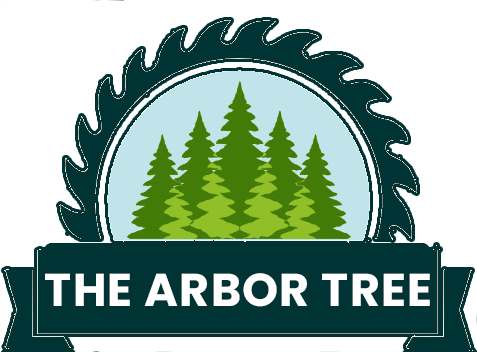The Arbor Tree prides itself on the quality of workmanship that it offers and nothing gives an immediate visual impact like an excellent tree pruning – that’s why pruning should always be an arboricultural company’s signature service. We take pride in our trees. You’ll notice the difference!
Tree trimming and pruning are very similar terms, they involve selective cutting of branches to eliminate decay, to allow for more sun on the yard, to provide a better view, to eliminate structural defects, and to make a tree more resilient to weather conditions. As your Arborists, we are here to listen to your short-term goals, but will be able to help coach and navigate you through the long-term expectations for a particular trimming choice. Understanding the life-cycle of a tree is crucial because a tree will last far beyond our life time.
The arboriculture industry is a vast field of tree services, but lacks precise terminology for describing exactly what is meant by various trimming techniques. The Arbor Tree, our most common request is for advice. We are here to help advise and guide you on how to maintain trees and to keep them healthy, safe and beautiful. Trimming is the removal of branches, leads or deadwood for the purpose of making the tree look more uniform or neat; opening up landscaping for other plants to thrive; or to keep the tree away from power lines, houses, driveways, etc. Tree trimming often means that due to safety, construction, etc., though not necessarily detrimental to the tree, large leads or limbs or entire sections of the tree may be removed to accommodate client’s needs, as long as it does not harm the tree.

